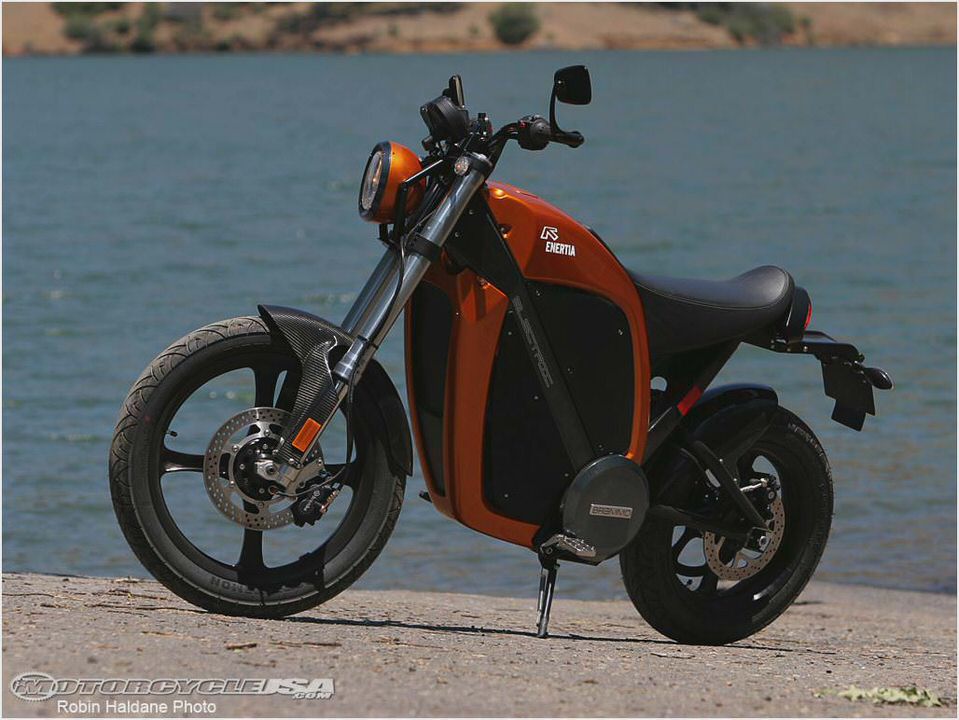
An Electrifying Gglimpse Into The Future Of Sportbikes
They say: Validating the real-world performance of electric motorcycles.
We say: Real-road racing at the Isle of Man TT is a bold proof of concept!
They say: Validating the real-world performance of electric motorcycles. We say: Rea
Riding a motorcycle is often described as flying without leaving the ground, and no other sentiment as accurately describes a ride on Brammo’s all-electric Enertia TTR racebike. Soaring along at 80 mph, the utter peacefulness is remarkable. Speed masks the humming motor and whirring chain, so the wind flowing past your helmet is all you hear.
There isn’t the slightest vibration or feedback from the motor-you don’t even know it’s on. The only sensation is pure, unadulterated forward motion, like sailing through the air on a glider. It’s a novel riding experience-one that many of us have dreamed about since we first started riding.
Brammo didn’t set out to reinvent the motorcycle. In fact, company CEO Craig Bramscher didn’t set out to make motorcycles at all. After amassing a small fortune selling eCommerce solutions, Bramscher decided to build the ultimate American supercar.
The Brammo Rogue GT debuted just in time for last year’s oil/economic crisis-dreadful timing for an 850-horsepower, 3-mpg V12.
So Bramscher did a corporate 180, selling the Rogue name to Nissan for its new compact SUV and using the profits to fund a more market-savvy venture: building a zero-emissions, plug-in motorcycle. One of Bramscher’s side ventures was building Ariel Atom sports cars under license in his Ashland, Oregon, factory, and his team had investigated an electric-powered Atom. Available electric technology was judged inadequate for that application, but it seemed perfect for a two-wheeled commuter vehicle-and the Brammo Enertia was born.
Racing wasn’t on Brammo’s radar until late last year, when the company’s director of product development, Brian Wismann, heard about the zero-emissions TTXGP at the Isle of Man. The decision was made in early January-just five months before the race-to construct an entry. A small team led by Wismann (Brammo’s first employee, and designer of the Rogue GT) and lead engineer Aaron Bland began working after hours and on weekends to convert the pedestrian Enertia into a proper racing machine.
Still, Brammo wanted the TTR racer to be as close to the production Enertia as possible. We wanted to build a racing machine relevant to the product we offer the public, Wismann says. We wanted to focus on improving our design concepts for a production bike, and to work with developing technology with the same suppliers that support our production bike.
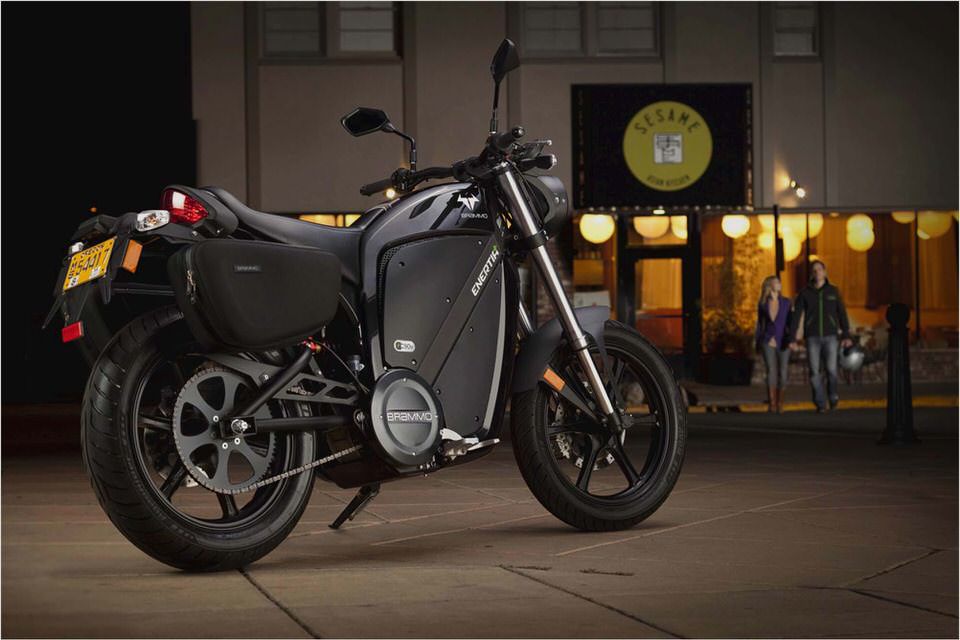
Brammo constructs the top body and sidepanels from carbon fiber. The fairing and tail are Honda RS250 pieces, modified to fit the Enertia chassis.
Brammo constructs the top body and sidepanels from carbon fiber. The fairing and tail are
The production Enertia chassis, designed to navigate city streets at commuter speeds, was hardly suitable for negotiating the TT course at race pace. Needing to develop a race-ready chassis as quickly and cheaply as possible, the Brammo boys benchmarked a Triumph Daytona 675 and modified an Enertia frame to mimic the Triumph’s geometry. The racebike even borrows some D675 components, including the triple clamps and fork legs.
The all-electric powertrain came straight from the Enertia’s existing supply chain, using beefed-up (overvolved in Brammo-speak) versions of the same electric motor, digital controller and battery-management system. The battery pack, comprising eight lithium-cobalt batteries, was built by Brammo specifically for the racing application.
Brammo’s design strategy diverged significantly from its TTXGP competition. Other entries made two or three times as much power, and weighed almost twice as much, as the 30-horse, 370-pound TTR. We didn’t set out to build an electric MotoGP bike, Wismann explains.
Our goal was to be as efficient as possible. More power requires more batteries, and batteries are expensive. If we can find better performance with fewer batteries, it brings cost down-an important concern for our production bike.
This strategy proved sound: Brammo finished third in the inaugural TTXGP, ahead of the high-powered, 600-plus-pound Mission Motors and MotoCzysz machines.
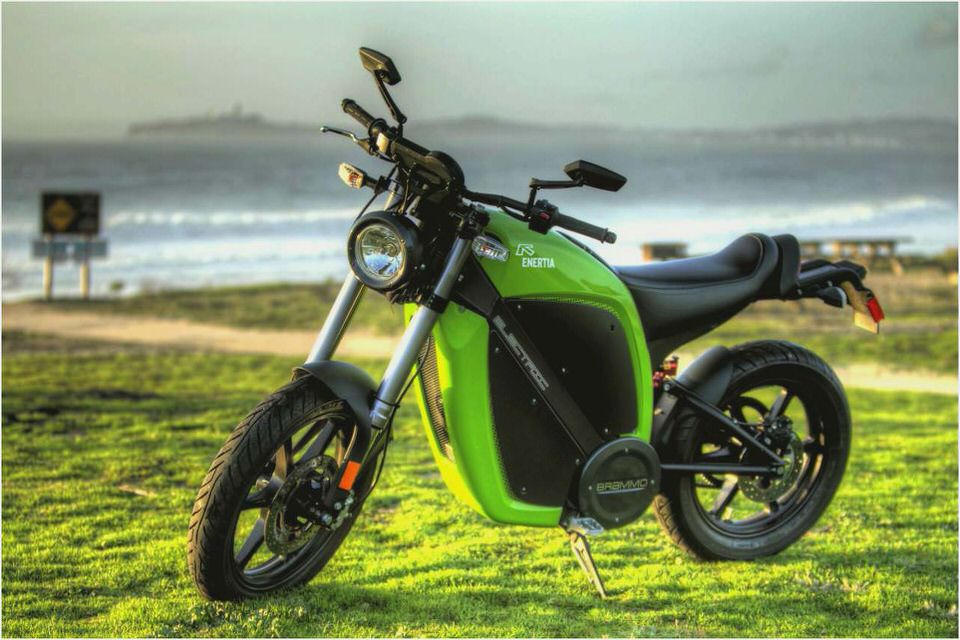
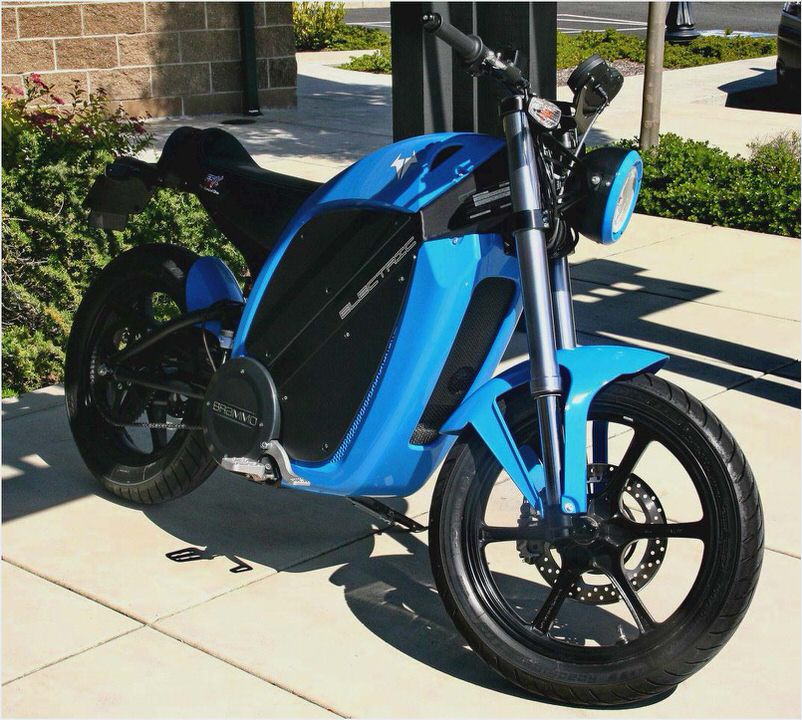
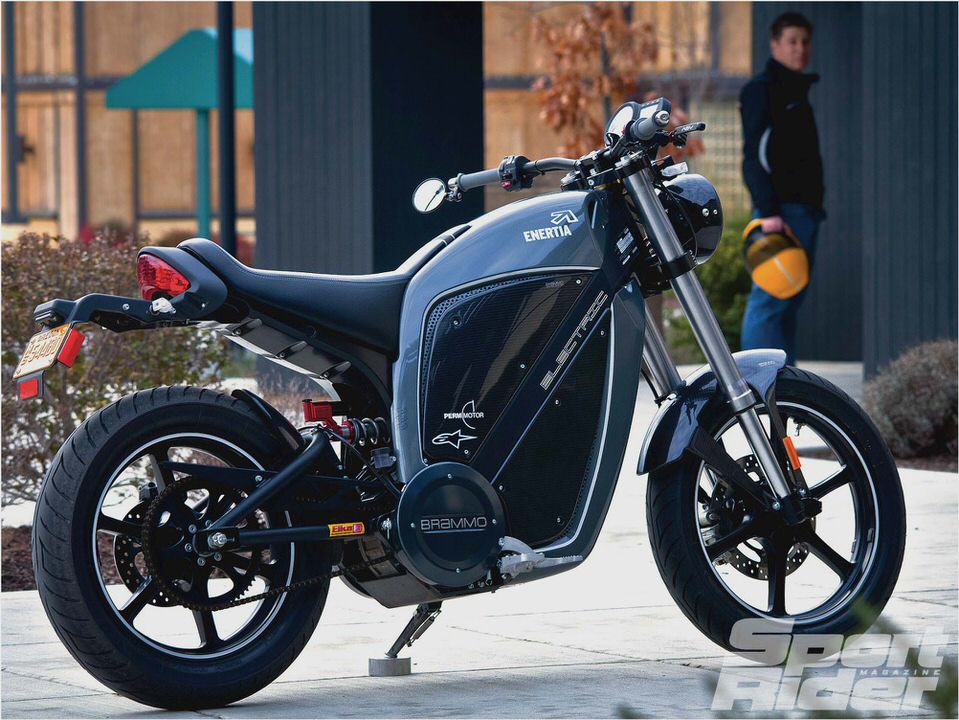
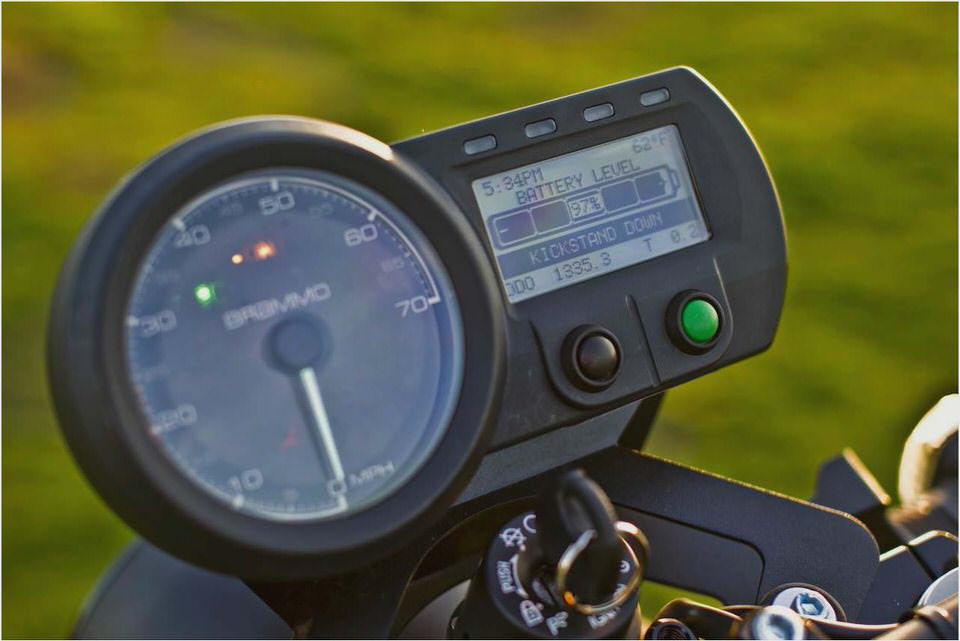
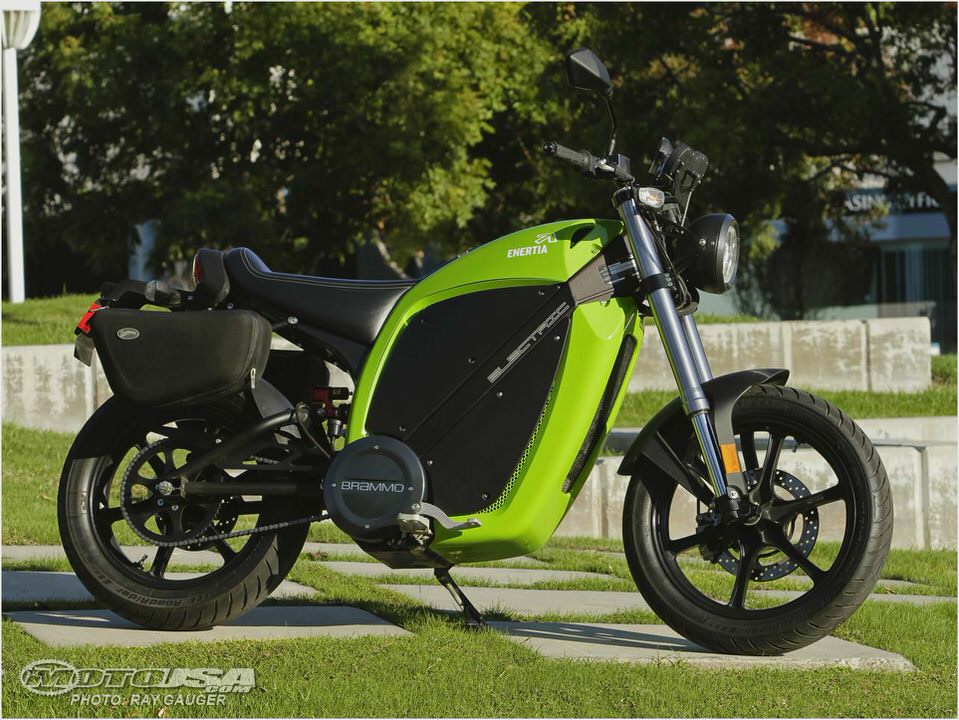
- 2011 Brammo Enertia Electric Motorcycle: First Ride Report
- Best Buy official sponsor for Brammo Enertia TTXGP race team : Мотоциклы…
- Best Buy Takes a Flyer on Brammo Electric Cycles Autopia Wired.com
- Best Buy to Sell Brammo Electric Motorcycles : Greentech Media
- Brammo Announces – Team Icon Brammo – for 2012 TTXGP Season Business Wire

